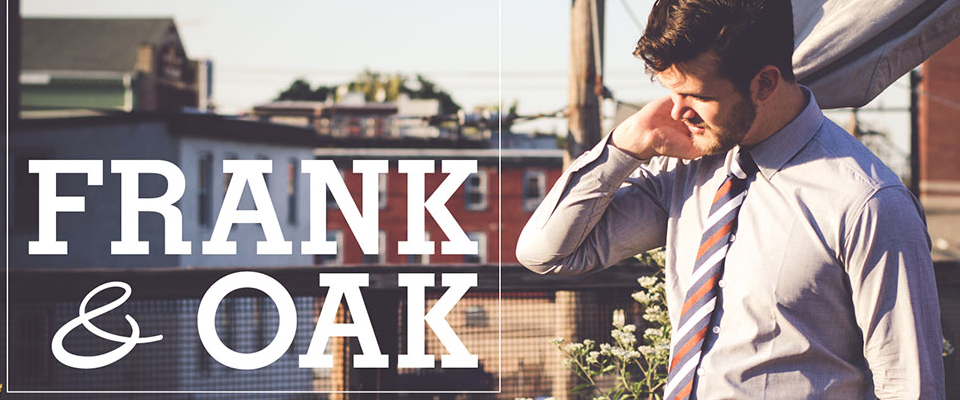
Birth of a E-Retailer | Ethan Song and Hicham Natrani developed a brand called Modasuite in Montreal specializing in bespoke men’s clothing. The following was great, but scaling a Harry Pendel business model isn’t so easy outside of Panama. Thus, the same precision and style was invested into developing a wider reaching brand: Frank and Oak. The mission was simply to build the clothes we crave, efficiently, affordably and intelligently. With nearly 200,000 members, and far more on a waiting list, Song and Natrani mailed around 12,000 orders in October. For an e-retailer who’s yet to see its first year-end statements, this is impressive. At the core of this success though are two crucial factors: a carefully devised business model, and a growing demographic segement that has largely been ignored.
Not Your Dad’s Subscription Model | As a kid, I remember get Scholastic catalogues a couple times a year advertising new magazines and science kits that I subsequently begged my parents for. The 90s recognized that the key to subscription commerce is selling small volumes frequently. Before the world of iTunes, Columbia House Records offered a dozen CDs on the dollar. Alan Middleton, a Schulich School of Business professor, points to customer loyalty as the key to retailer success. On average it’s around seven times more expensive to acquire a new customer, than it is to garner a repeat purchase from a past customer.
The Coveted Millennial Male | Shopping is overwelming, confusing and at times downright scary. As a millennial male, I’m constantly challenged to look the part. Whether that be in interviews, walking around campus, or drinking coffee downtown. The way men dress today means so much more than it did a decade ago. This can be attributed partially to the coining of metrosexuality in the 1990s, and partially to the success of the likes of Justin Timberlake, whom insisted that sexy needed to be proverbially brought back.
Malls Versus Men | CEO Ethan Song recognizes this new struggle to stylistically survive by very simply providing a clean and comfortable user experience that takes men through a smaller group of personalized options rather than leave them to the jungle of the mall. Combine this with an affordable price point, keeping products at or below the $50 mark, and it’s not surprising that inventory sells out so quickly. At the end of the day, us men don’t quite care to shop, let alone ‘until we drop’.

